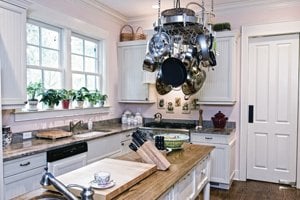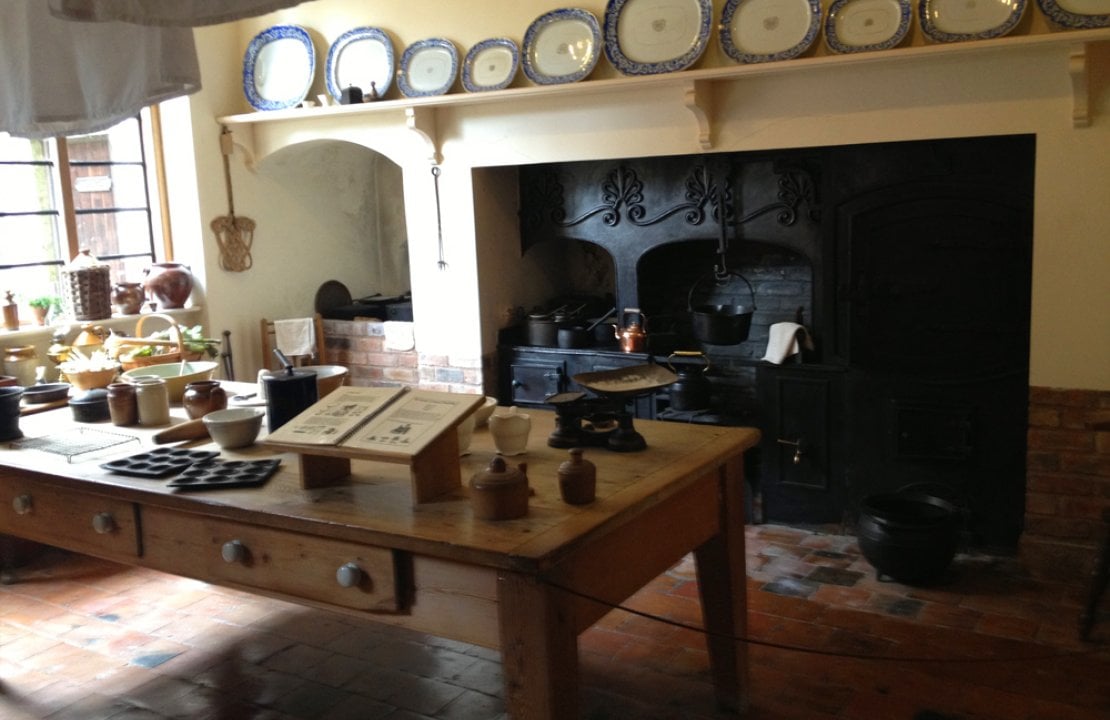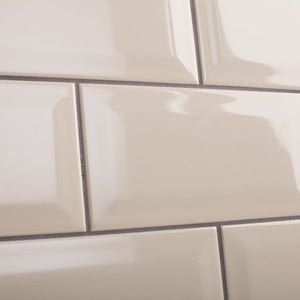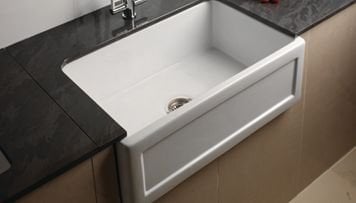What are the facts I need to know about original Victorian kitchens?
In the homes of the working classes, all Victorian family activities were carried out in the kitchen as this was the only indoor communal area of the house. This included bathtime once a week in the family’s tin bath, using water heated on the kitchen range.
In the more prosperous households the kitchen was the domain of the domestic staff. They not only conducted much of their work here – food preparation and cooking – but in smaller households with one of two staff, they often slept here.
In these houses kitchens were used in conjunction with sculleries – where there would be a sink - and larders – where food was stored. Before 1900 very few kitchens would have had sinks as washing up, washing of vegetables, washing of clothes and other task involving water were conducted in the scullery. So the kitchen did not typically house food as with the heat from the range, this would have caused food to deteriorate at a fast rate.
An important aspect of Victorian kitchen design was that all surfaces and wall coverings were washable. Larger Victorian kitchens would have a large central table for the preparation of meals, usually made of pine so that it could be scrubbed clean with sand, soda and water. This scrubbing is what gives these tables and their wooden surfaces, if you are lucky enough to find one in an antique shop, their fabulous character. Often the kitchen floor would be wooden in the areas surrounding the table and tiled underneath the table. For reasons of ease of cleaning, the lower parts of the walls were often tiled with white brick shaped tiles or with tongue and groove wooden panelling painted in gloss wipeable paint.
The upper areas of the walls were usually whitewashed. The cooking equipment, utensils and chinawear were most usually housed in a wooden dresser around 7ft high with shelves on the top level, then drawers to house the utensils and a a cupboard at floor level to house the larger items.
All of the above illustrates the practical and pragmatic approach to Victorian kitchen design – the top requirements were that the room was easy to clean, functional, practical and hygienic with space to move freely around the work areas. This can be easily translated into the design of your Victorian kitchen in your period property.
One of the Victorian Emporium's kitchen sink designs
Some key areas to consider in Victorian Kitchen Design
- Kitchen walls: the wall coverings should be practical and easy to clean – brick shaped tiles or wipe clean wallpaper are perfect and very Victorian.
- Victorian Kitchen Sinks: these should be functional large white porcelain sinks with unfussy period style kitchen taps
- Cupboards: painted or stained wood in a matt rather than gloss finish are in keeping with the period look
- Kitchen cupboard handles: these should be functional and unfussy in a matt rather than shiny finish. Read our article on the different cupboard handles that you could choose for your Kitchen.
- Victorian kitchen lighting: this should be bright and ideally placed over work areas. To keep the period look, use utilitarian style lights hung over a central scrubbed pine table. See our article on Victorian lighting.
- Work surfaces: ideally these should be in wood to keep with the Victorian style décor.
- Storage and drying: suspended clothes dryers are useful for airing damp tea towels and with the addition of hooks, useful for hanging pans. They keep ugly objects out of the sight line!

- Victorian cast iron radiators: these heating systems will not only efficiently warm your kitchen, they act as an eye-catching decorative period feature - a must have for any period kitchen.
Although a Victorian kitchen used to be a place of hard work and chapped hands, you can recreate the cosy feel with some added hints of modern day comfort. An armchair to relax on whilst you savour the aromas of your hard work; a TV hidden on a wooden dresser. Living in a Victorian house is in no way a compromise in terms of living the life you enjoy.
The Victorian Emporium sells a great choice of products for kitchens such as sinks, taps,cupboard handles and lighting.




Be the first to add a comment...